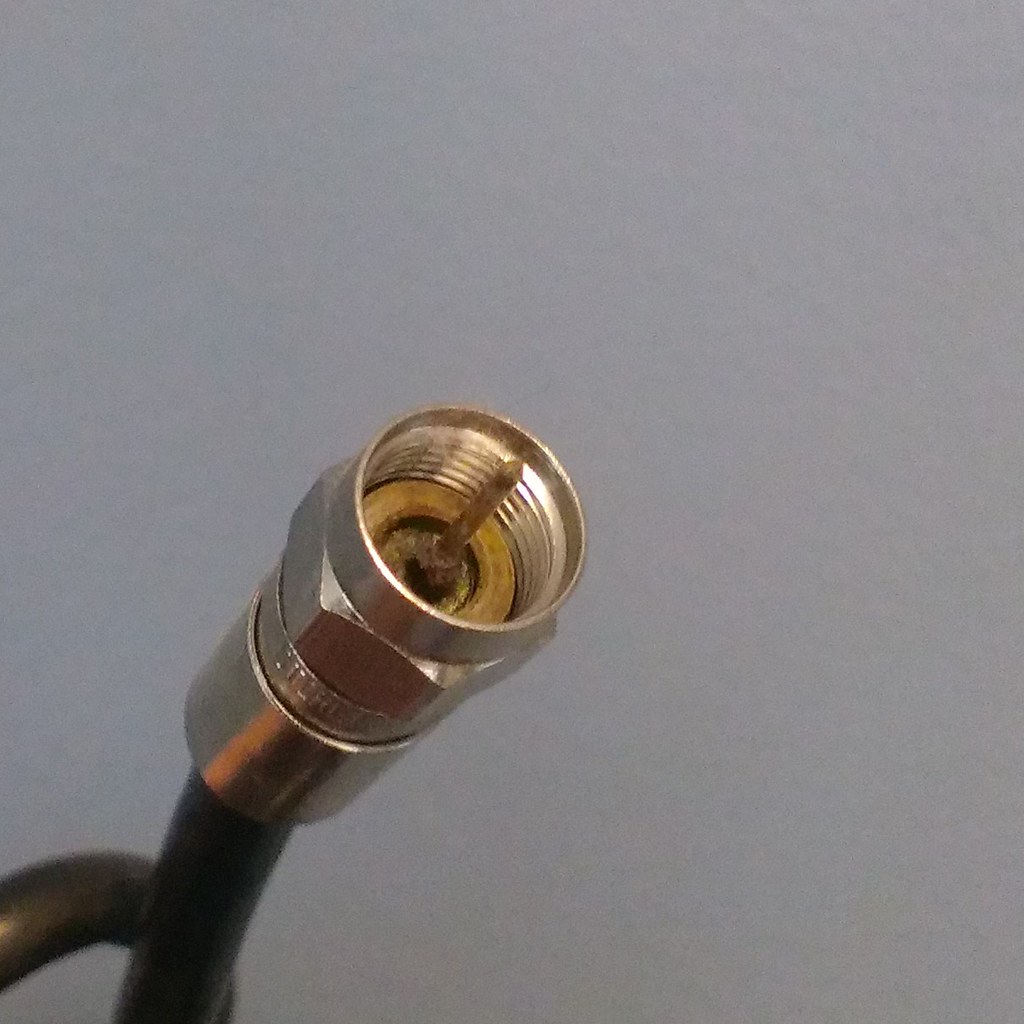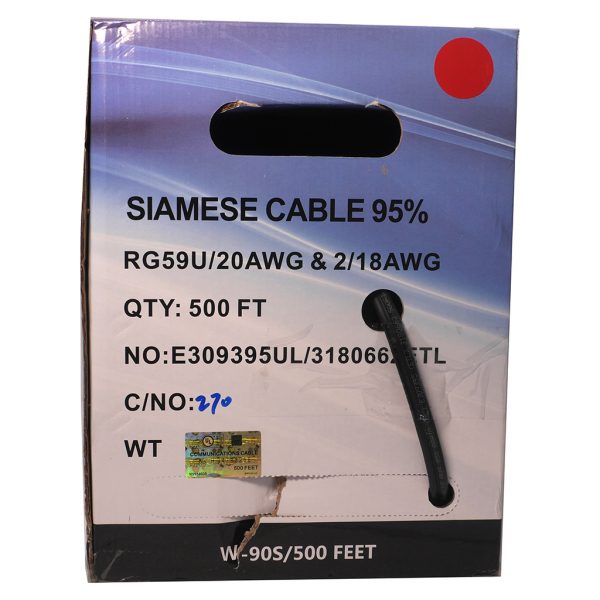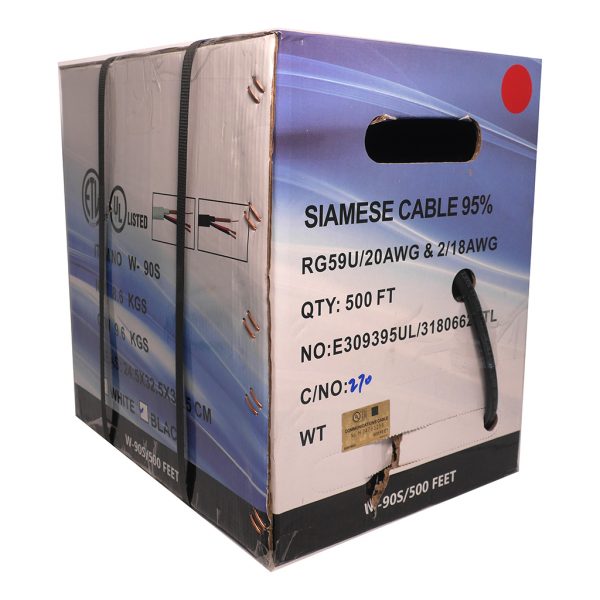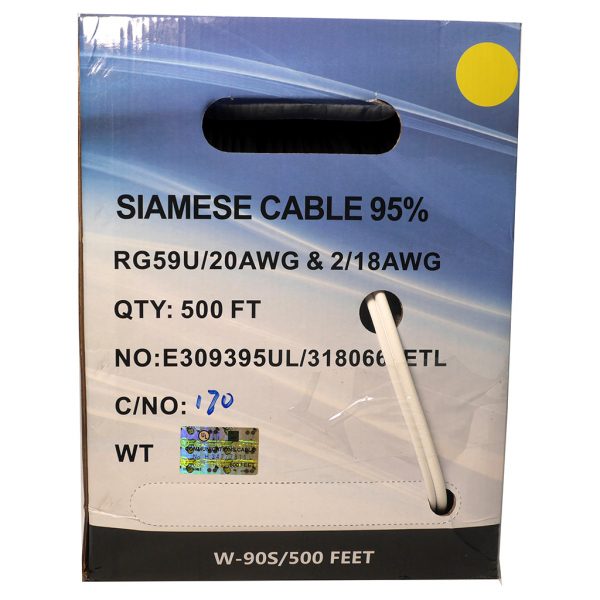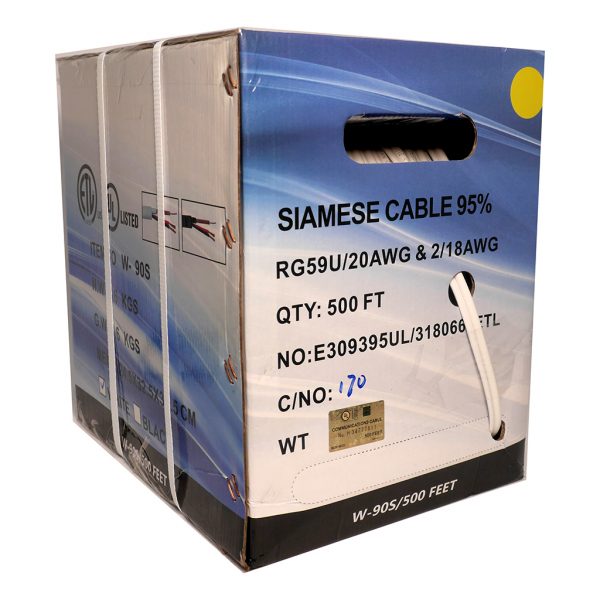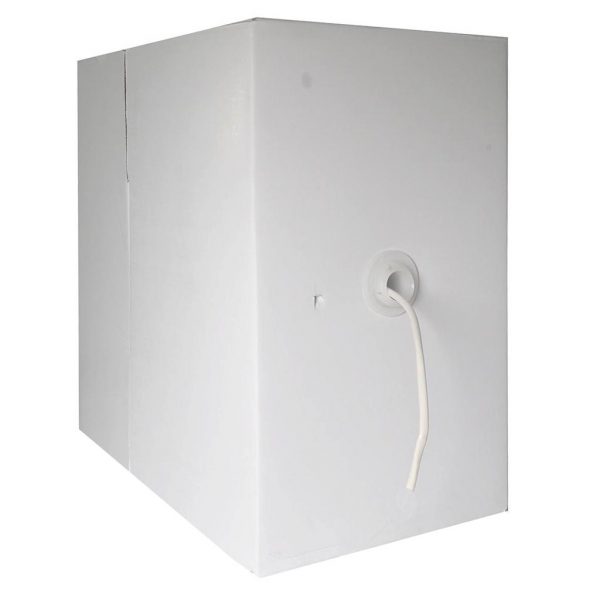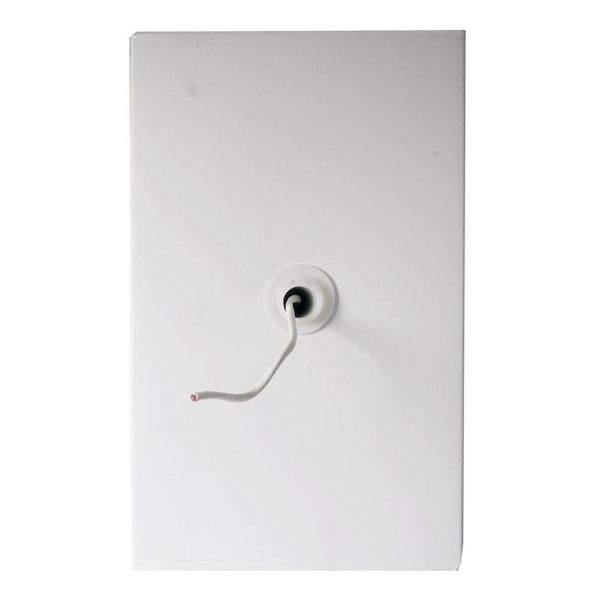Connecting an IP camera to a coaxial cable involves converting the signal from digital to analog and vice versa, as IP cameras typically use Ethernet cables for data transmission. This process requires specific adapters to bridge the gap between the two different types of cables. Here’s a step-by-step guide to help you connect an IP camera to a coaxial cable.
Materials Needed:
- IP camera
- Coaxial cable (RG59 or RG6)
- Ethernet cable (Cat5e or Cat6)
- Ethernet over Coax (EoC) adapters (Ethernet to Coax and Coax to Ethernet)
- Power supply for the IP camera (if not using PoE)
- Router or network switch
Step-by-Step Process:
- Set Up the IP Camera:
- Connect Power: If your IP camera is not powered over Ethernet (PoE), connect it to a power source using the provided power adapter.
- Connect Ethernet Cable: Plug one end of an Ethernet cable into the IP camera’s network port.
- Install the Ethernet to Coax Adapter:
- Connect Ethernet to Adapter: Plug the other end of the Ethernet cable from the IP camera into the Ethernet port of the Ethernet to Coax adapter.
- Attach Coaxial Cable: Connect one end of the coaxial cable to the Coax port on the Ethernet to Coax adapter.
- Set Up the Coax to Ethernet Adapter:
- Connect Coaxial Cable: Attach the other end of the coaxial cable to the Coax port on the Coax to Ethernet adapter, which should be located near your network router or switch.
- Connect Ethernet Cable: Use another Ethernet cable to connect the Ethernet port of the Coax to Ethernet adapter to a router or network switch.
- Power Up the Adapters:
- Connect Power: Ensure both adapters are powered. They typically come with their own power supplies. Plug them into a power source.
- Configure Your Network:
- Access Router/Switch: Log into your router or network switch to configure your IP camera on the network. This step might involve assigning a static IP address or allowing DHCP to automatically assign an IP address.
- Test the Connection: Ensure that your IP camera is properly connected and visible on the network. You should be able to access the camera’s live feed using the camera’s IP address.
- Verify Video Feed:
- Open Camera Interface: Open your camera’s interface using its IP address in a web browser or through its dedicated application.
- Check Live Feed: Verify that the video feed is stable and clear.
Additional Tips:
- Use High-Quality Cables: Ensure you are using high-quality coaxial and Ethernet cables to minimize signal loss and interference.
- Secure Connections: Make sure all connections are tight and secure to avoid signal interruptions.
- Firmware Updates: Keep your IP camera’s firmware up to date to ensure optimal performance and security.
Related Products
Frequently Asked Questions (FAQ)
- Can any IP camera be connected to a coaxial cable?
- Yes, most IP cameras can be connected using Ethernet over Coax adapters, but it is essential to check the camera’s specifications and compatibility.
- Will using coaxial cable affect the video quality?
- If proper Ethernet over Coax adapters are used, there should be no significant loss in video quality.
- Can I use existing coaxial cables for this setup?
- Yes, existing coaxial cables can be repurposed for this setup if they are in good condition.
- Do I need a power source for the adapters?
- Yes, Ethernet over Coax adapters typically require their own power sources.
- Is it necessary to configure the network settings?
- Yes, proper network configuration is necessary to ensure the IP camera is correctly integrated into the network and accessible for remote viewing.

